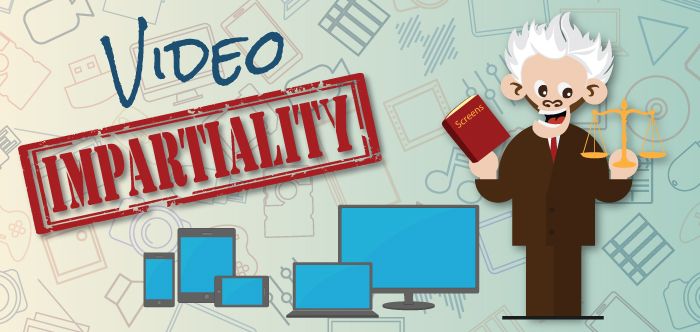
A recent study concluded that an advertiser on a primetime television broadcast could have reached 56% more adults (18-49) by also placing their video on YouTube. The screens that ads appear on are losing their relevance, but content, reach and timing will always be of the upmost importance.
In today’s advanced technological world, there is very little that can’t be viewed onscreen. Whether it appears on a television screen, a computer screen or on a mobile device … we still see it. We pretty much watch what we want, when we want, and while the content of what we watch is very relevant, the screen that we watch it on is becoming less and less important. The line between “TV” verses “digital” is quickly fading to the viewers, and should be fading for advertisers, as well.

Think of the last huge news story you listened to. Was it on television, a video sharing site, or was it on your computer news site? How did you watch it? It may have been on your TV, or perhaps on your phone. You may have seen it on a popular video sharing site, or it may have been while you were watching a streaming news story online. The broadcast may have been live, or it may have been prerecorded; it’s difficult to remember, isn’t it? Hence, the blurred lines between screens.
Viewers have become video impartial; they care less and less about which screen they view something on - whether it’s cable television or online video, live streaming or prerecorded. What they do care about is the content that they are watching, and that it’s available to them at the right time … when they want it!
It would greatly behoove brand marketers to become like their watchers; less partial about which screen they are advertising on, and more partial about the content that they are delivering, to whom they are delivering it to, and the timeliness of the message. It’s imperative for them to plan for the world in which we live, rather than the world in which we grew up!
Back in the day, television was the medium of choice to reach a large number of people and to get the word out quickly. While TV remains a very powerful platform, there is no control over which crowd sees the commercial messages, as the audience is very broad. There are other platforms that have become just as powerful, yet more specific to the crowd they reach. Popular video sharing sites like YouTube, for instance, reach more adults than any television network. So, by blurring the lines between video and television, marketers stand a better chance of reaching a larger crowd. They cannot afford to place all of their ad eggs in one basket; they must be everywhere, or they will get lost in the race!
When television advertising came onto the marketing scene, it trumped all the other forms of getting the word out. Magazine ads were great, but you couldn’t hear the message. Newspaper ads were great, but you couldn’t see the action taking place. Television brought us into a new world, complete with visual and audible treats to enhance the ads. Television gave the marketing industry motion, sight and sound.
Today’s consumers carry motion, sight and sound just about everywhere they go. If they don’t find what they are seeing on television captivating, they can simply switch screens and look at their phones. A recent poll shows that 66% of television watchers pick up another device during TV commercial breaks.
When an audience selects what they want to see on a video sharing site, they are more likely to respond to a call to action … especially if it’s on a familiar device to the user, something that they use daily. In fact, video sharing sites generate approximately double the searches per impression than television. So not only does video capture the attention of viewers, it kicks them into action, which is the goal of most every marketer … to increase conversions, or inspire clicks.
Taking advantage of the consumers’ willingness to click is what Genius Monkey specializes in for each of our clients, and we know how to make it easy for them to take that action. We also utilize our attribution tools to assign credit for the conversions to the marketing touchpoints that made the consumer take action in the first place.

We place your pertinent ads in front of the right audience, at the right time, making sure that you get the absolute biggest bang out of each advertising dollar spent. By using our proprietary attribution tracking tools, we continually monitor, measure and track what is most successful, and what draws the most action. As adjustments are needed, we’re on it. We don’t want to lose one single customer because we let our guard down. Our intelligent primates are constantly vigilant and continually monitoring your success.
The first step in successful marketing should be to become screen impartial. You must know that the metric used will be effective across partners and platforms, including television and online video.



